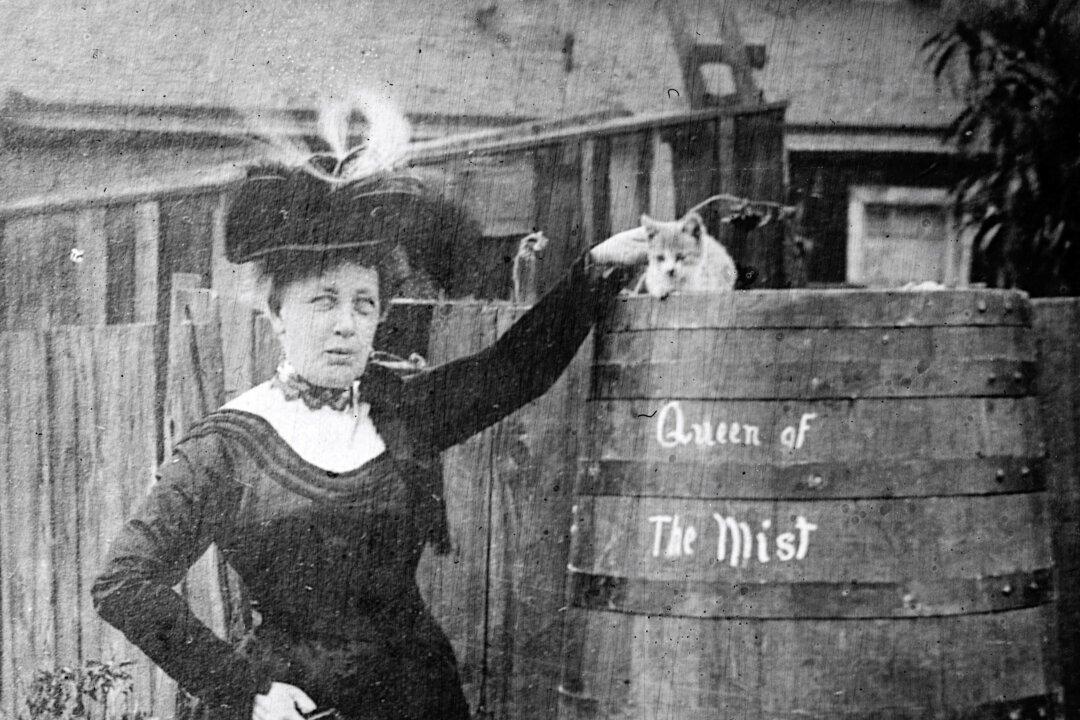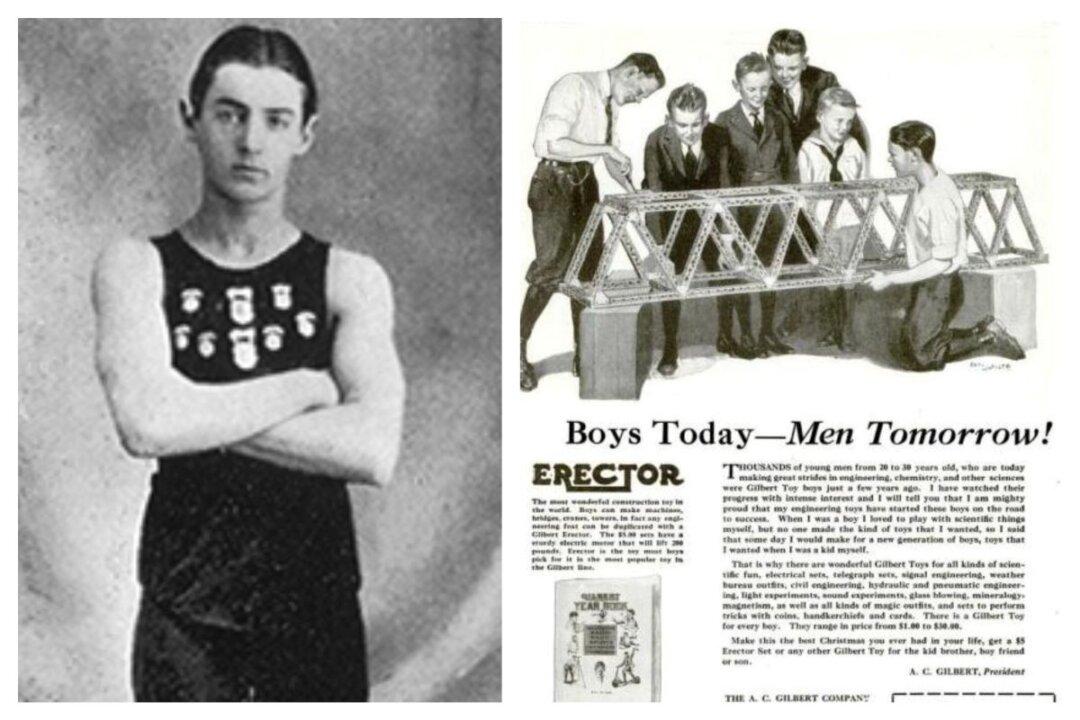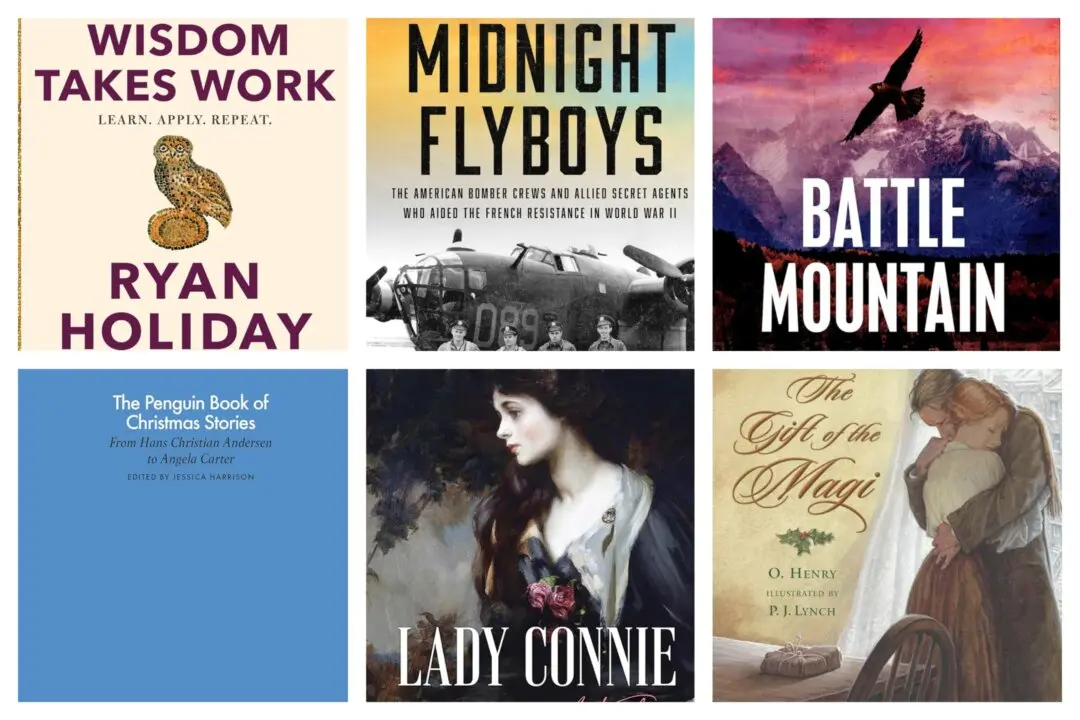For a woman who craved an adventurous and independent life, Annie Edson Taylor (1838–1921) had mostly experienced one without the other. When she married at 18, her husband died shortly thereafter, leaving her in a state of independence.
Taylor was born and had grown up in Upstate New York, but after her husband’s passing she pursued a teaching career. She took a job far from the Empire State, down in the Lone Star State. While traveling by carriage to San Antonio, where she would be stationed as a teacher, the carriage was held up by robbers. Indicative of her strong-willed nature, when she was threatened by one of the robbers that he would “blow her brains out” if she didn’t hand over her money, she responded, “Blow away!”






